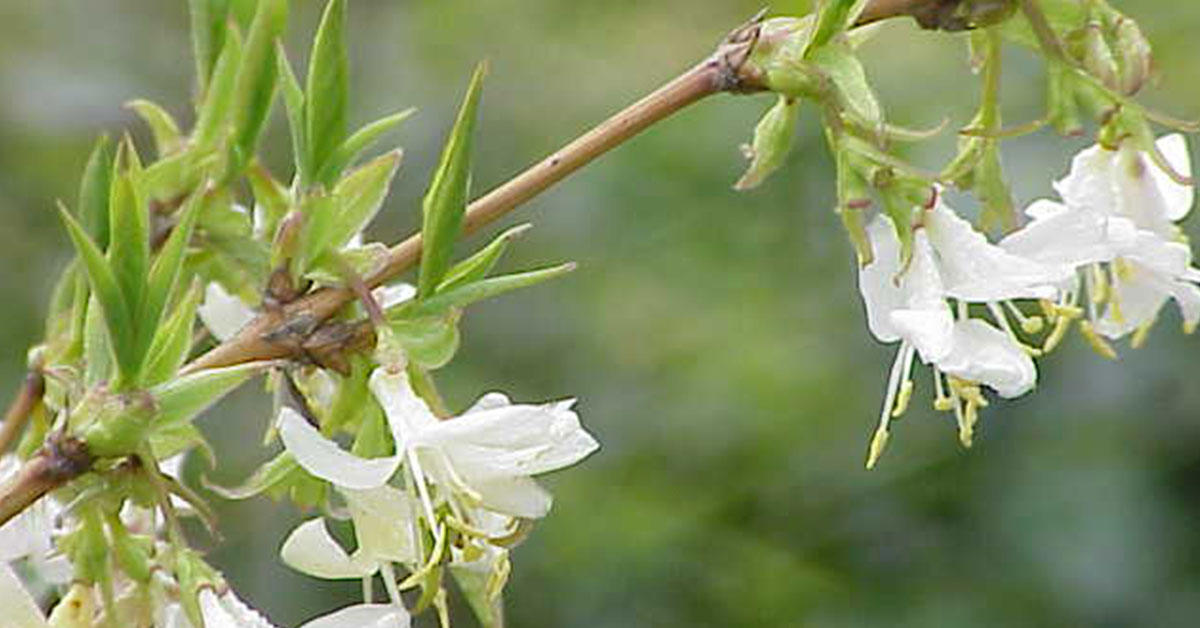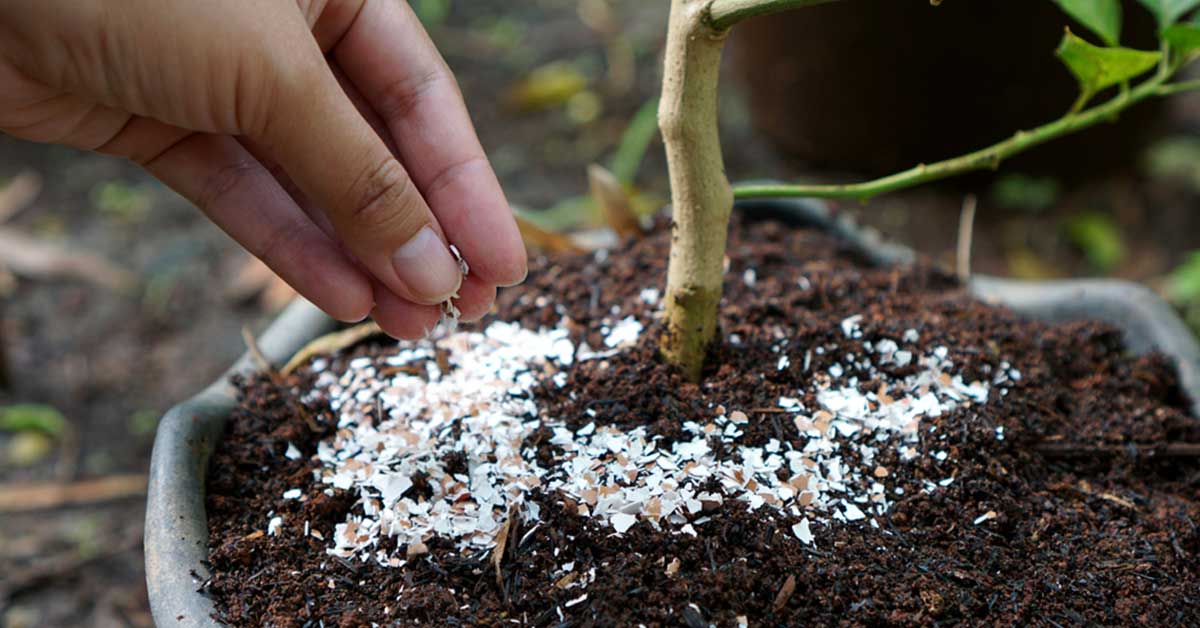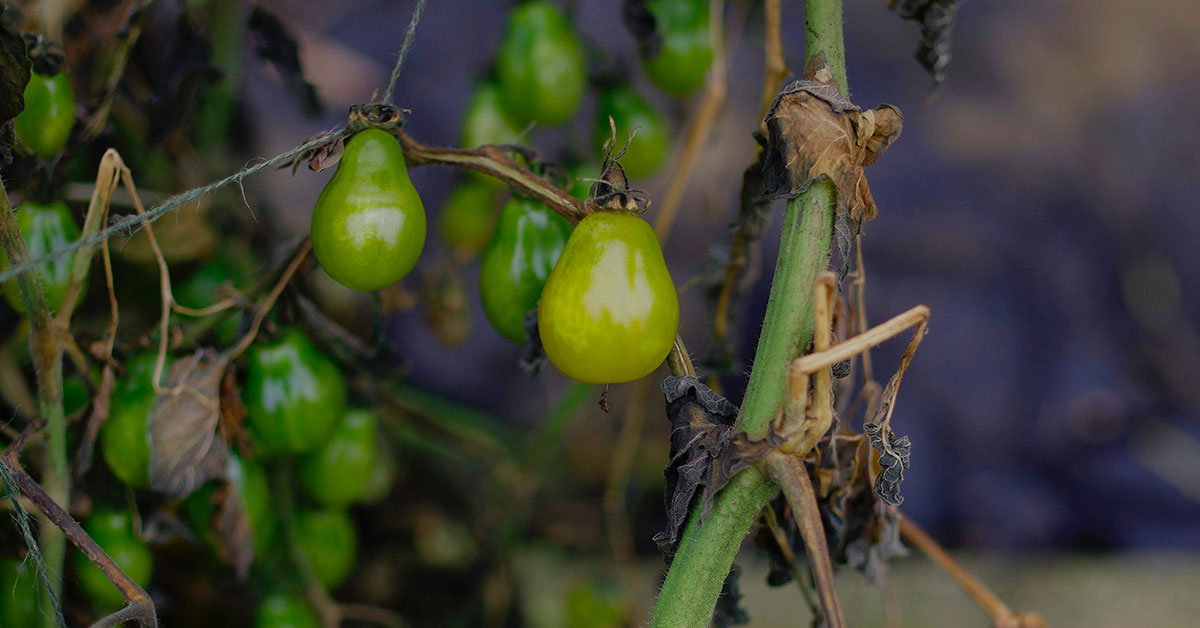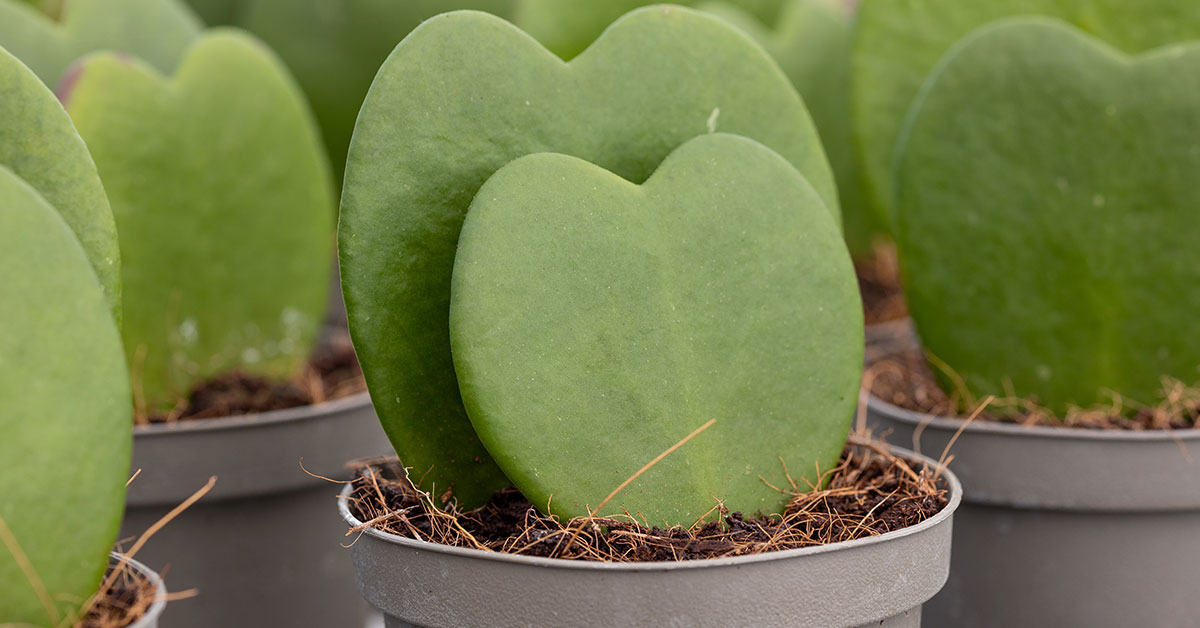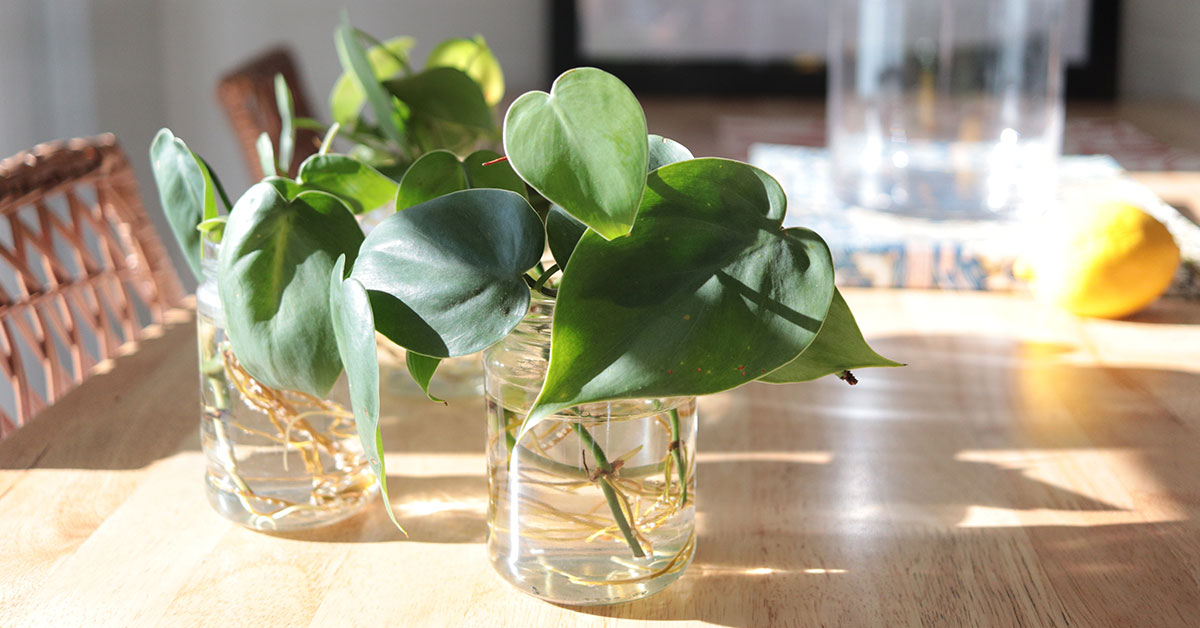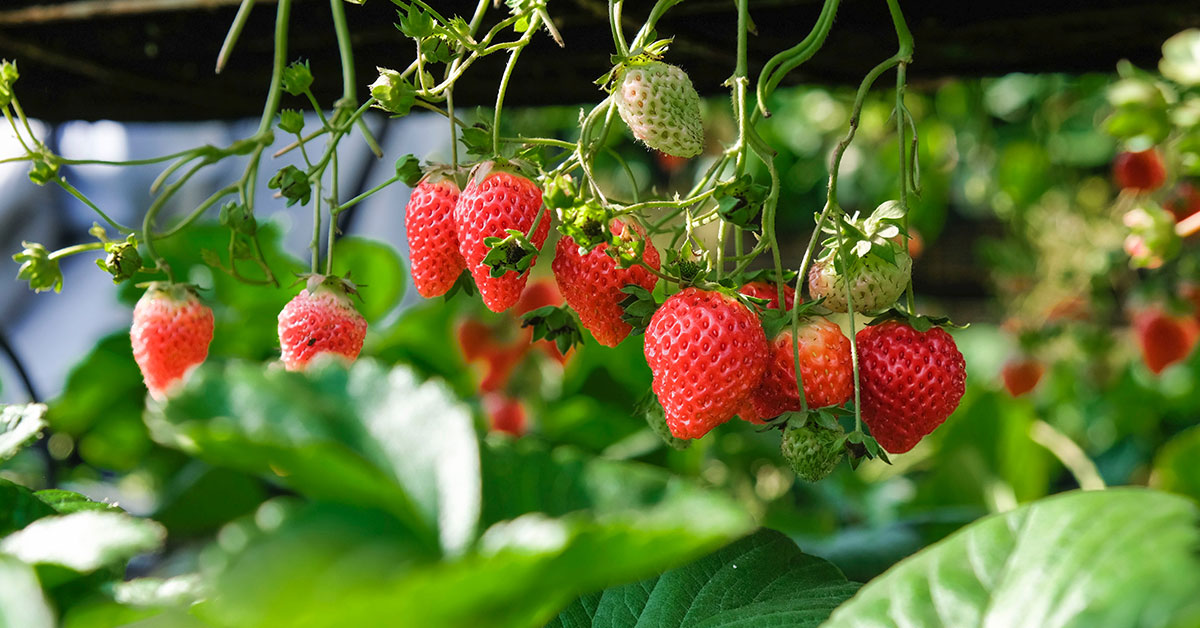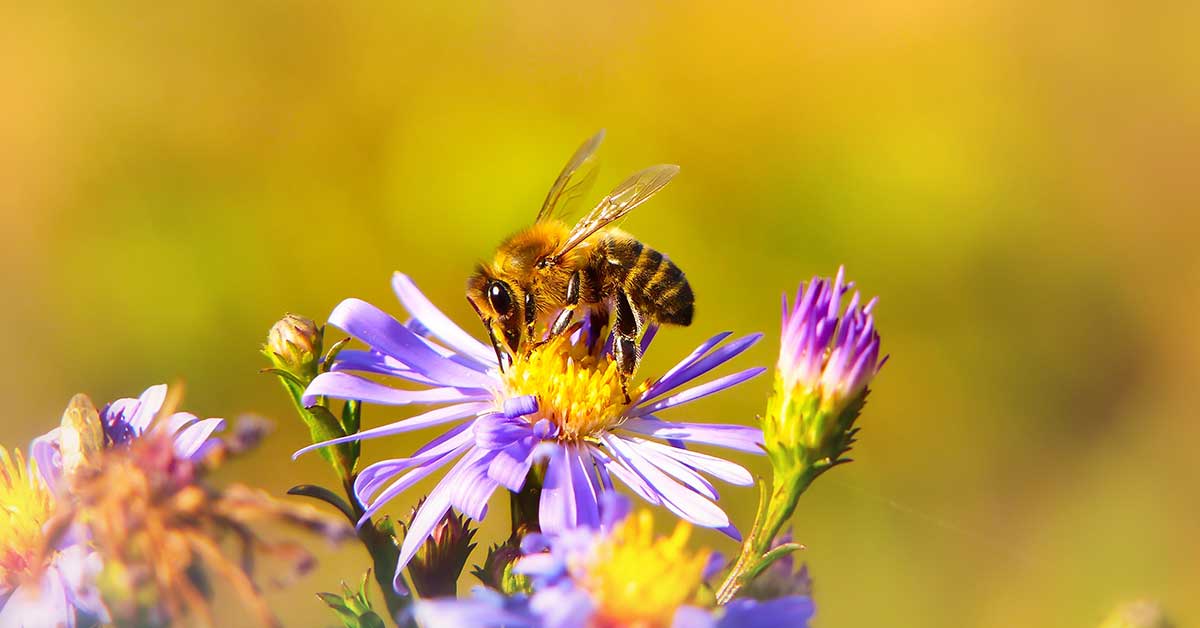Gardening is a joy that brings beauty and tranquility to our lives. However, some flowers, while stunning, can be surprisingly invasive, taking over your garden and out-competing other plants. Knowing which flowers to watch out for and how to manage them can help maintain a balanced and thriving garden. As an enthusiastic gardener, I’m excited to share these insights with you!
In this article, I’m thrilled to introduce you to ten beautiful flowers that can become invasive if not managed properly. Each of these flowers has its own charm, but also a tendency to spread aggressively. Let’s explore these lovely yet potentially troublesome blooms and learn how to keep them under control!
Japanese Honeysuckle

Japanese Honeysuckle (Lonicera japonica) is admired for its fragrant, tubular flowers that attract hummingbirds and bees. However, this beauty can quickly become a garden menace, spreading rapidly through its vigorous growth and prolific seed production. It can smother native plants and trees, leading to a decline in local biodiversity.
To control Japanese Honeysuckle, regularly prune the plant to prevent it from overtaking your garden. Removing the flowers before they set seed can help reduce its spread. In areas where it has become a significant problem, consider replacing it with less invasive native honeysuckles or other pollinator-friendly plants.
English Ivy

English Ivy (Hedera helix) is cherished for its lush, evergreen foliage that can cover walls, fences, and ground areas. However, it is notoriously invasive, climbing and spreading rapidly, often smothering trees and understory plants. Its dense growth can also harbor pests and pathogens, further threatening the health of your garden.
To manage English Ivy, regularly trim it back and monitor its growth. Removing it from trees and structures can prevent damage and slow its spread. Invasive infestations may require more drastic measures, such as applying herbicides or manually removing the entire root system to prevent regrowth.
Purple Loosestrife

Purple Loosestrife (Lythrum salicaria) is a striking plant with tall spikes of vibrant purple flowers. Despite its beauty, it is highly invasive, particularly in wetland areas where it can outcompete native vegetation. This leads to reduced plant diversity and negatively impacts local wildlife.
To control Purple Loosestrife, remove the flowers before they set seed and dig out the plants, ensuring you remove the entire root system. Consider planting native alternatives like Blue Vervain or Swamp Milkweed to provide similar aesthetic appeal without the invasiveness.
Yellow Toadflax

Yellow Toadflax (Linaria vulgaris), also known as Butter and Eggs, features charming yellow and orange flowers. However, it spreads aggressively through both seeds and underground rhizomes. This can make it difficult to eradicate once established, as it can quickly dominate garden beds and open areas.
To manage Yellow Toadflax, regularly pull or dig up plants, ensuring you remove the entire root system. Persistent efforts are necessary to prevent regrowth. Using mulch can also help suppress new seedlings. In severe cases, targeted herbicide application may be required to control extensive infestations.
Periwinkle
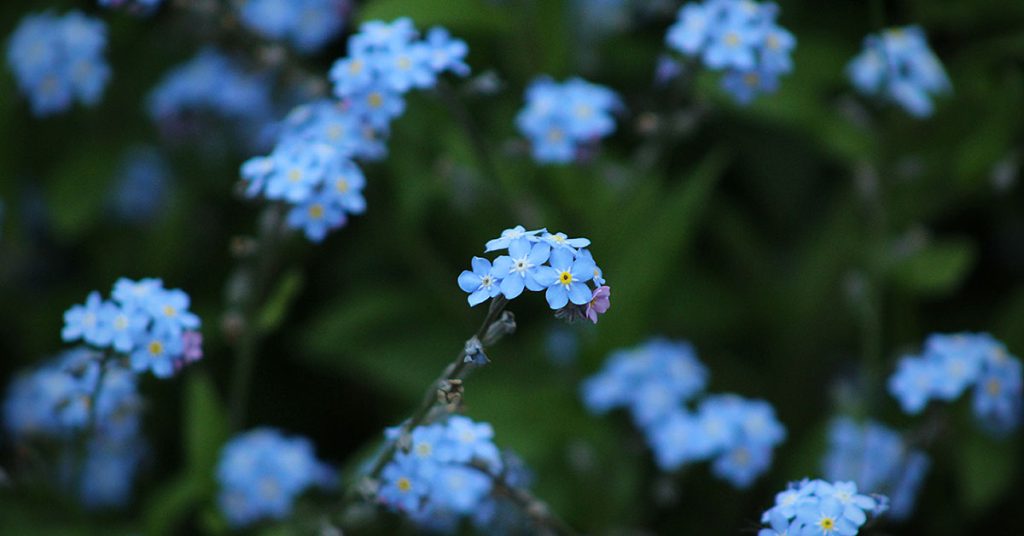
Periwinkle (Vinca minor) is a popular ground cover with glossy green leaves and charming blue or purple flowers. However, it spreads rapidly, forming dense mats that can outcompete native plants and disrupt local ecosystems. Its vigorous growth can be challenging to control once it takes hold.
To keep Periwinkle in check, regularly prune and monitor its spread. Removing sections of the plant can help manage its growth. In areas where it has become invasive, consider replacing it with native ground covers like Wild Ginger or Creeping Phlox to maintain biodiversity.
Morning Glory
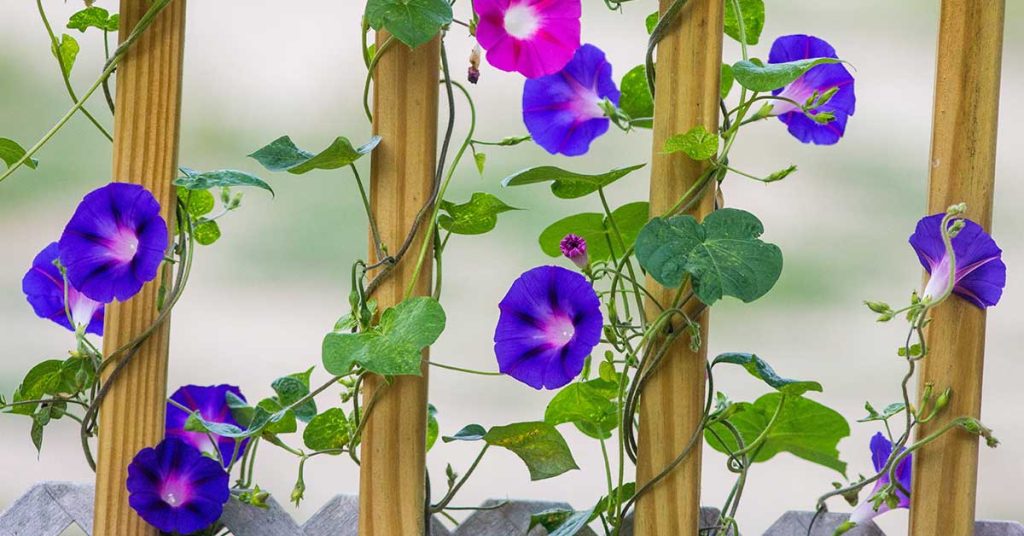
Morning Glory (Ipomoea spp.) is beloved for its vibrant, trumpet-shaped flowers that bloom in various colors. However, certain varieties can become highly invasive, spreading rapidly through seed dispersal and vigorous growth. They can quickly overtake garden areas, smothering other plants.
To manage Morning Glory, regularly remove spent flowers to prevent seed formation and trim back the vines to control their spread. If it becomes too aggressive, consider removing the plants entirely and replacing them with less invasive climbing plants like Clematis or Passionflower.
Crown Vetch

Crown Vetch (Securigera varia) produces lovely pink and white flowers and is often used for erosion control. However, it can spread aggressively through both seeds and creeping rhizomes, forming dense mats that outcompete native vegetation and disrupt local habitats.
To control Crown Vetch, regularly mow or trim the plants to prevent seed production and limit their spread. Digging out the root system can be effective for smaller infestations. For larger areas, repeated mowing or herbicide application may be necessary to manage this invasive plant.
Lamb’s Ear
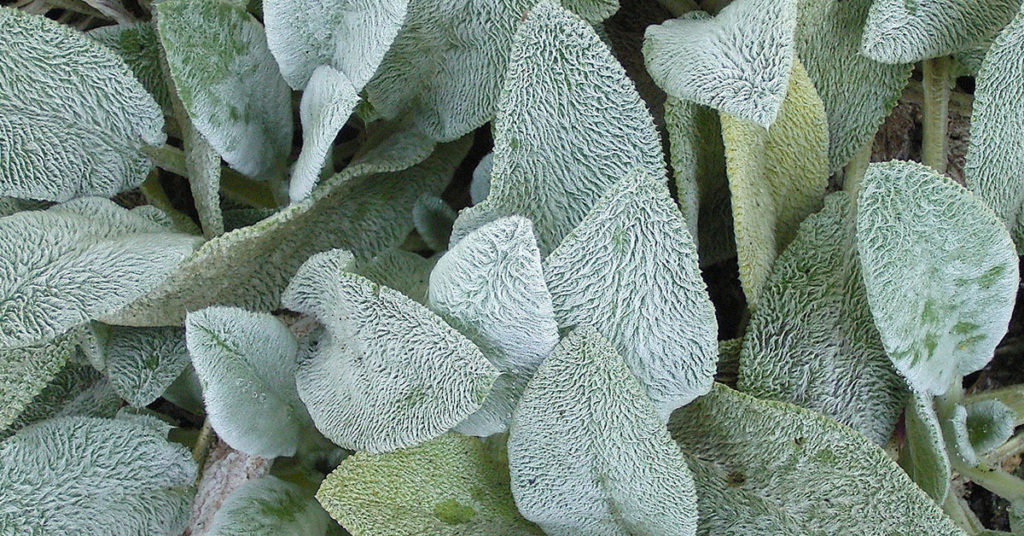
Lamb’s Ear (Stachys byzantina) is known for its soft, fuzzy leaves and spikes of pink or purple flowers. While it adds a unique texture to gardens, it can spread rapidly through both seeds and creeping roots. This can make it difficult to control, as it can quickly dominate garden beds.
To manage Lamb’s Ear, regularly deadhead the flowers to prevent seed formation and pull up any unwanted plants. Dividing the plants and thinning them out can also help keep their growth in check. In areas where it has become problematic, consider replacing it with less aggressive plants like Silver Sage or Dusty Miller.
Bishop’s Weed

Bishop’s Weed (Aegopodium podagraria), also known as Goutweed, features attractive variegated leaves and delicate white flowers. However, it spreads aggressively through underground rhizomes, forming dense patches that can outcompete other plants. Once established, it can be challenging to eradicate.
To control Bishop’s Weed, regularly pull or dig up the plants, ensuring you remove the entire root system. Using mulch can help suppress new growth. In severe infestations, herbicide application may be necessary. Consider replacing it with less invasive ground covers like Wild Ginger or Foamflower.
Japanese Knotweed

Japanese Knotweed (Fallopia japonica) is a fast-growing plant with bamboo-like stems and clusters of small white flowers. It is highly invasive, spreading rapidly through both seeds and underground rhizomes. This plant can cause significant damage to garden structures and outcompete native vegetation.
To manage Japanese Knotweed, regularly cut back the plants to prevent seed production and limit their spread. Digging out the root system is essential, but can be challenging due to its extensive growth. In severe cases, professional removal and herbicide application may be necessary to control this invasive species.
